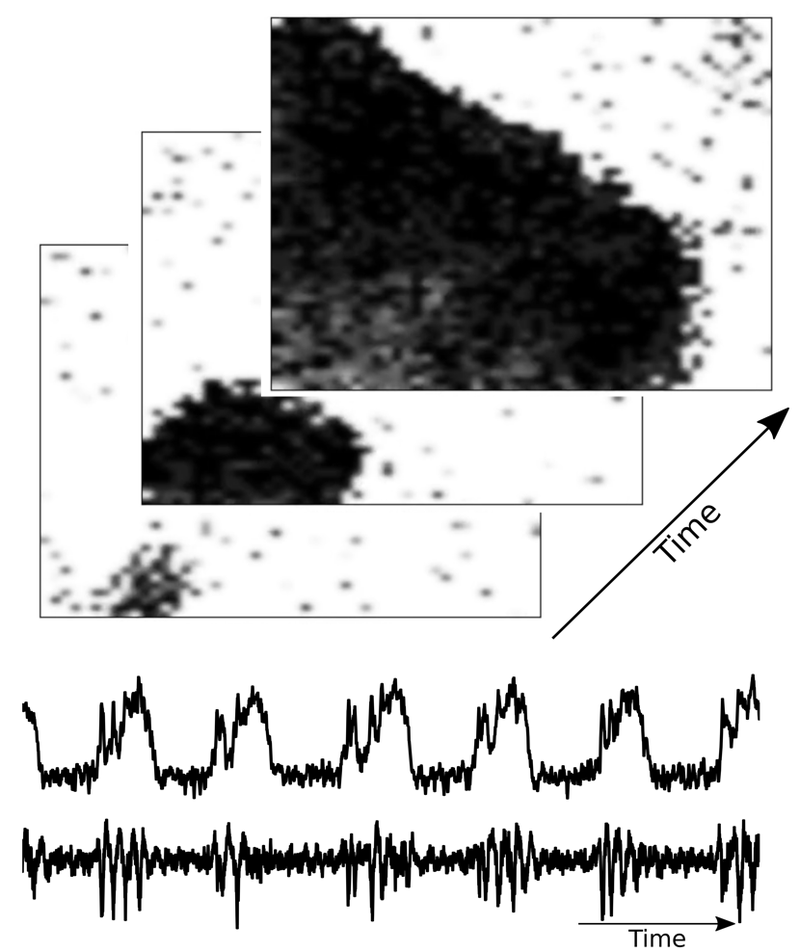Leonardo Dalla Porta defends his thesis on computational modelling of brain activity
Oct 12, 2022
Leonardo Dalla Porta defended his thesis directed by Maria Victoria Sanchez-Vives an ICREA Research Professor at the Institut d'Investigacions Biomèdiques August Pi i Sunyer, and co-directed by Alain Destexhe a Professor Paris-Saclay University
The thesis titled "Modelling emergent rhythmic activity in the cerebral cortex" was presented in an online meeting on October 7. The thesis addresses the mechanisms behind slow oscillations, their modulation and their transitions towards wakefulness by employing experimental data analysis and computational models.
The brain, a natural adaptive system, can generate a rich dynamic repertoire of spontaneous activity even in the absence of stimulation. The spatiotemporal pattern of this spontaneous activity is determined by the brain state, which can range from highly synchronized to desynchronized states. During slow wave sleep, for example, the cortex operates in synchrony, defined by low-frequency fluctuations, known as slow oscillations (< 1Hz). Conversely, during wakefulness, the cortex is characterized mainly by desynchronized activity, where low-frequency fluctuations are suppressed. Thus, an inherent property of the cerebral cortex is to transit between different states characterized by distinct spatiotemporal complexity patterns, varying in a large spectrum between synchronized and desynchronized activity. All these complex emergent patterns are the product of the interaction between tens of billions of neurons endowed with diverse ionic channels with complex biophysical properties. Nevertheless, what are the mechanisms behind these transitions? In this thesis, we sought to understand the mechanisms and properties behind slow oscillations, their modulation and their transitions towards wakefulness by employing experimental data analysis and computational models. We reveal the relevance of specific ionic channels and synaptic properties to maintaining the cortical state and also get out of it, and its spatiotemporal dynamics. Using a mean-field model, we also propose bridging neuronal spiking dynamics to a population description.

Share: